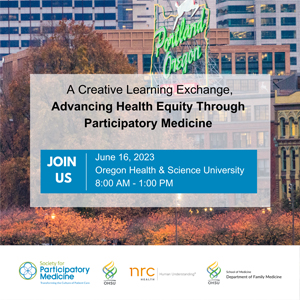BY KIM BELLARD
I saw an expression the other day that I quite liked. I’m not sure who first said it, and there are several versions of it, but it goes something like this: let’s make better mistakes tomorrow.
Boy howdy, if that’s not the perfect motto for healthcare, I don’t know what is.
Health is a tricky business. It’s a delicate balancing act between – to name a few — your genes, your environment, your habits, your nutrition, your stress, the health and composition of your microbiome, the impact of whatever new microbes are floating around, and, yes, the health care you happen to receive.
Health care is also a tricky business. We’ve made much progress in medicine, developed deeper insights into how our bodies work (or fail), and have a multitude of treatment options for a multitude of health problems. But there’s a lot we still don’t know, there’s a lot we know but aren’t actually using, and there’s an awful lot we still don’t know.
It’s very much a human activity. Different people experience and/or report the same condition differently, and respond to the same treatments differently. Everyone has unique comorbidities, the impact of which upon treatments is still little understood. And, of course, until/unless AI takes over, the people responsible for diagnosing, treating, and caring for patients are very much human, each with their own backgrounds, training, preferences, intelligence, and memory – any of which can impact their actions.
All of which is to say: mistakes are made. Every day. By everyone.
Continue reading…


















